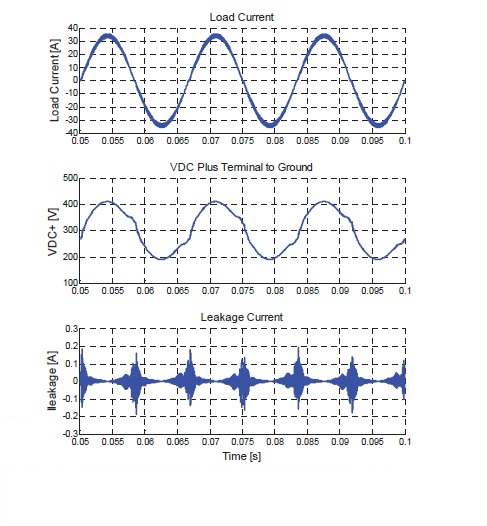Return Current Topologies in PCB Design
Abstract
On Topologies in PCB Design, A current loop is a complete path of current sent from a signal source to receiver to ground and back to signal source. The signals are the transmission of current pulses that starts from a source terminal, run through traces to a receiving device, consume current and exit the ground pin of the receiving device that returns current back to the source device. The current loop exists in every electronics circuit. The current always try to travel on the shortest path, and it reduces the noise propagation if optimized carefully.
The unnecessary longer current loops emit noise and cause various signal integrity problems. The return paths or ground are difficult to the layout. It is good to layout the signal traces to have a ground return path underneath them. In this way, the signal traces radiate minimum noise.
Content
A bad ground loop or return path loop is a poorly routed ground connection, so that causes multiple orderless connected ground paths in the PCB. A lengthy loop causes an undue voltage drop in the entire path due to current flow and copper resistance, i.e., IR loss in the copper. It should optimize the ground return path by shortening the length to avoid noise propagations. Several tips are summarized to lay down and route the return current path in PCBs.
1. The ground should be routed in a star topology to avoid ground loops in the single or double-layer PCBs. The mesh-connected routing topology will create a lengthy return path.
2. PCB routing keeps signal track width 1x, power supply tracks 2x, and return path tracks 4x.
3. Lay down the ground planes in solid copper layer form and adjacent or underneath the signal layers.
4. Route all high current power supply grounds, analog grounds, digital grounds, and RF circuit grounds separately and then combine at a single thin point within the PCB.
5. If the dc-dc converters or power supply design is non-isolated, then external ground or body ground should be connected with the PCB ground directly or through a small value capacitor.
6. The PCB should have a strip of copper around the perimeter of the PCB and connected to the PCB ground through a capacitor or ferrite bead and connected to the connector at a single point.
7. it should locate the high current devices near the power supply to make a concise return current path. At the same time, low power and low amplitude signals processing devices may be placed away from the power supply.

The high-speed digital signal processing devices should be placed closer to each other but away from analog signal devices.





